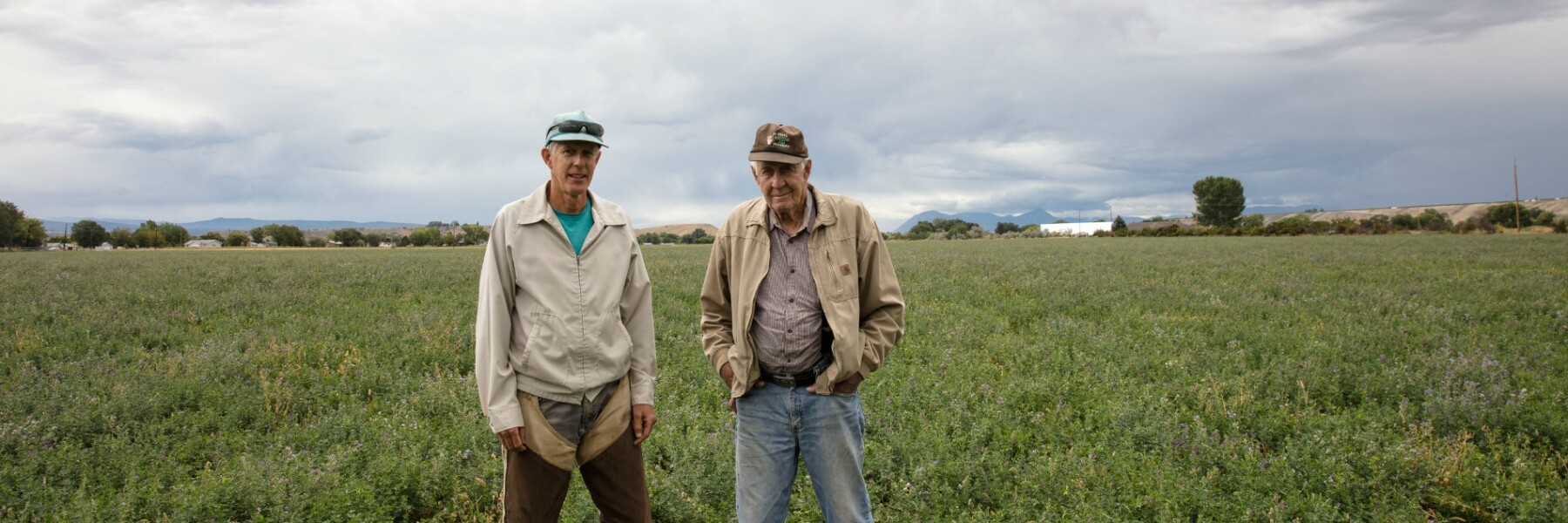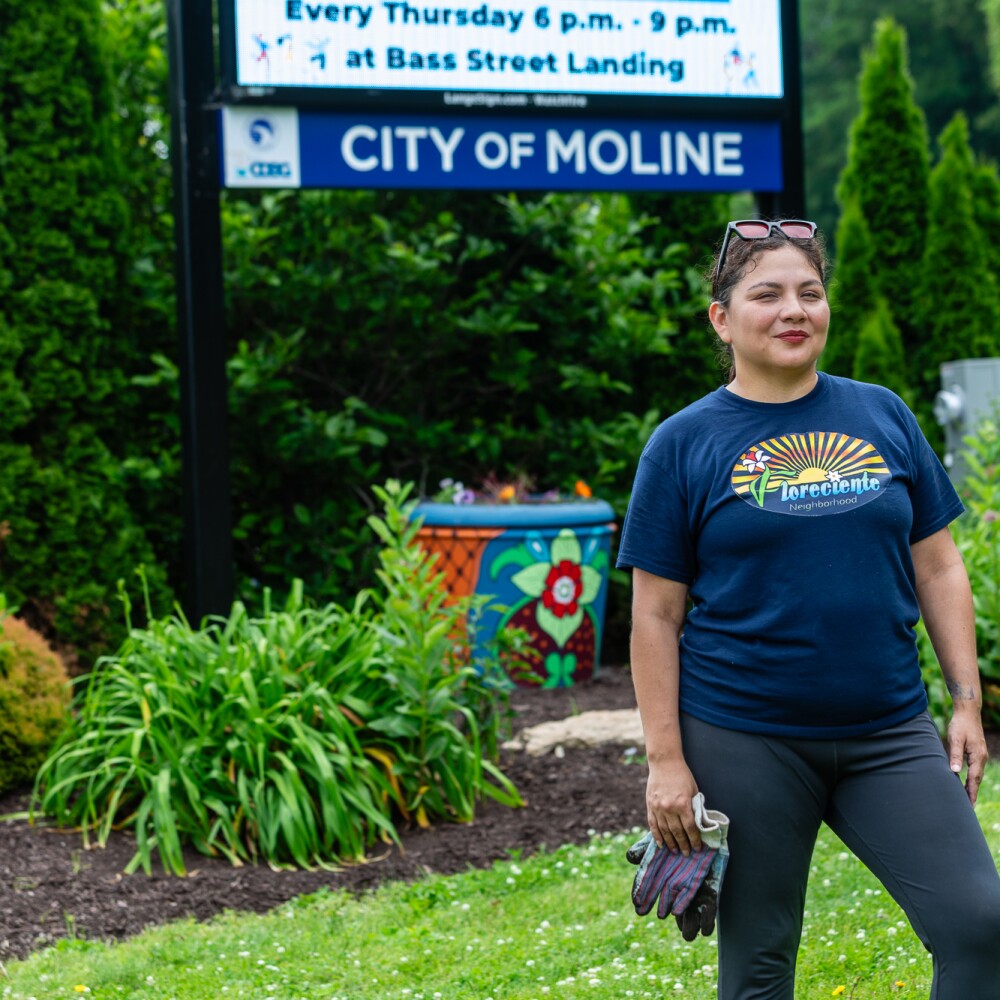When Paul Kehmeier’s great grandparents settled on Colorado’s western slope in 1894, one of the first – and most important – things they did was dig an irrigation ditch.
With less than 12 inches of rain falling on their land each year, the water diverted from the creeks flowing out of the Grand Mesa is the lifeblood of a family farm that – for almost 125 years – has produced crops as varied as apples and alfalfa.
The Kehmeier family was among the first irrigators in Colorado’s Delta County and they have some of the most senior water rights in the state. A family-owned reservoir built high on Grand Mesa – the world’s largest flat top mountain – stores water for application throughout the growing season.
“When the settlers first came to this area, they found sagebrush and a little bit of grass. For better or worse, we are completely dependent on the irrigation water that we put onto our fields,” Paul says.
“It makes the difference between having a green field and desert. Without water, we wouldn’t have a farm.”
But as demand for water has grown in the Colorado River Basin over the last two decades – and supplies have been threatened by prolonged drought – Paul has begun exploring ways to conserve and market his water, in a way that makes economic sense for the farm.
Working with The Nature Conservancy, a Walton Family Foundation grantee, Paul and his father Norman enlisted in a water market pilot project aimed at increasing water security throughout the Colorado River Basin.
The Kehmeiers were paid to stop irrigating about 60 acres of land in late June 2016 – after raising their first alfalfa crop – and keep the water turned off until mid-September. The conserved water flowed downstream into the Gunnison River, then the Colorado.
Paul was encouraged by the results.
He and his father were able to harvest a second crop of hay, even without water, and the alfalfa plants revived after the late-season watering – helping ensure they were healthy enough to thrive the following spring.
“The program worked for me because I got to choose what kind of fallowing program structure that I wanted,” Paul says.
Unlike millions of people who depend on the Colorado River for their water, Paul can “see from my porch where our water comes from.” Snow that falls on the high-elevation national forest lands melts in the spring and collects in the family reservoir, about 16 miles north of the farm as the crow flies.
“That gives me a little bit of confidence that we’ll have the water we need each year.”
But he also knows that long-term water security – in the face of a growing population and a changing climate – will depend on developing creative water management solutions throughout the basin.
“It’s a simple case of supply and demand. There is getting to be an increased demand for the water but the supply is not increasing.”
Paul believes that water banks and water markets are going to be “one part of the solution” for the Colorado River.
Even in the small irrigation network that supplies water to the Kehmeiers and their neighbors, users are finding ways to be more resourceful.
Members of the local irrigation company established their own private water bank for a system that once supplied just half a dozen farmers but now distributes water to more than 40 users. Individuals who own reservoirs on Grand Mesa can lease water to neighbors in need.
“I want to cooperate and be part of the discussion on how to use the water. It’s not a God-given right. It’s simply a man-given right that allows me to use the water that comes down the mountain," Paul says.
As a farm owner, Paul says the ability to lease water “is another tool for managing my business and hopefully making a decent living.”
In years where hay prices are low, “I may be better off leasing my water than consuming it through alfalfa plants that won’t turn a good profit.”
Although the Kehmeier’s primary interest is economic, both father and son agree it’s important for individual water users to consider the overall health of the Colorado River system.
Norman says he’d love to see the Colorado River’s flow restored so that water once again reaches its natural destination in the Gulf of Cortez.
“I’d be willing to give up a right to 1% of that water, if that 1% would reach the Gulf of Cortez,” Norman says. “I like the idea of restoring the Colorado River Delta. It was really something before it dried up.”
As a fourth generation farmer, Paul believes water markets can also help preserve the West’s agricultural way of life. They are a much better option, he says, than the “buy and dry” practices that damaged farming communities and economies after owners sold their water rights outright.
“I think water banking and being able to lease our water some years – and farm other years – can be a viable option for farmers like us,” Paul says. “It is going to be one piece in helping accommodate all the demands and desires and needs for water from the Colorado River.”




